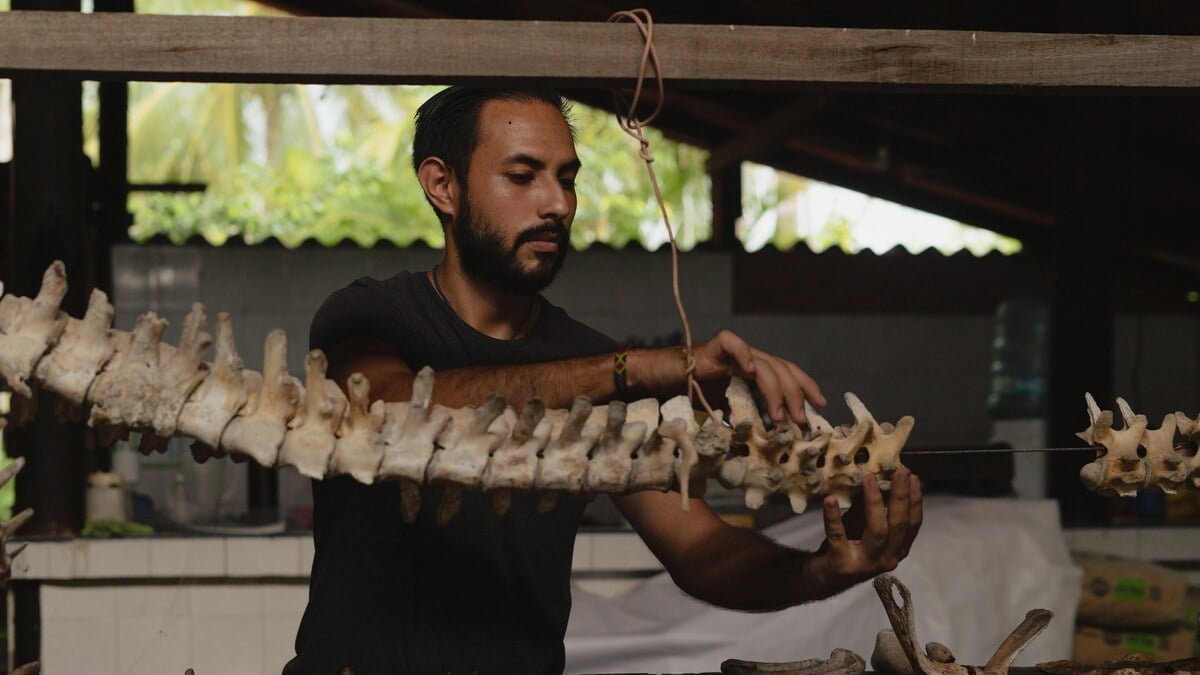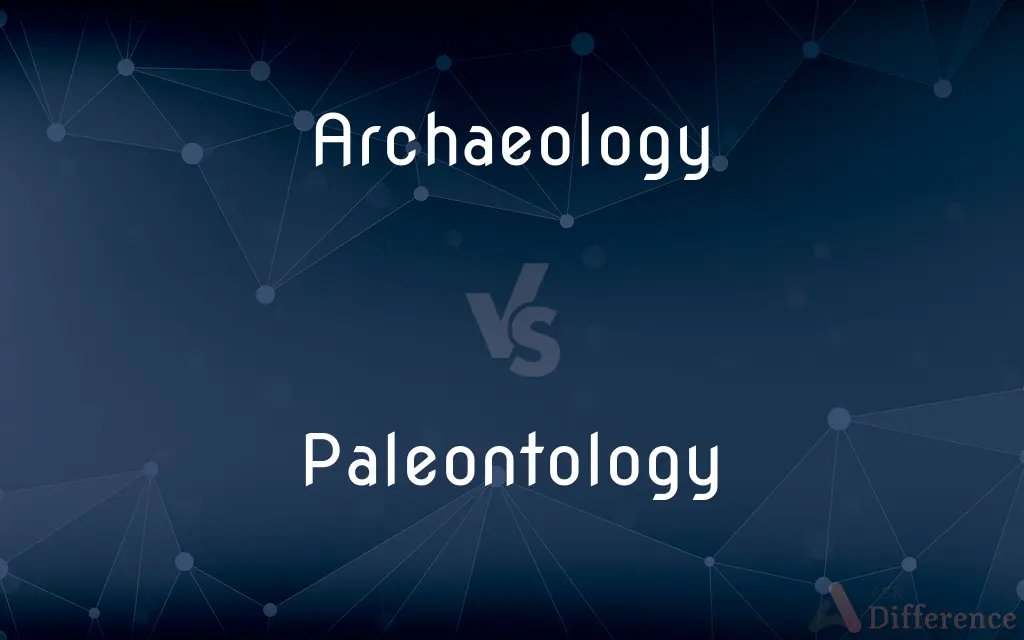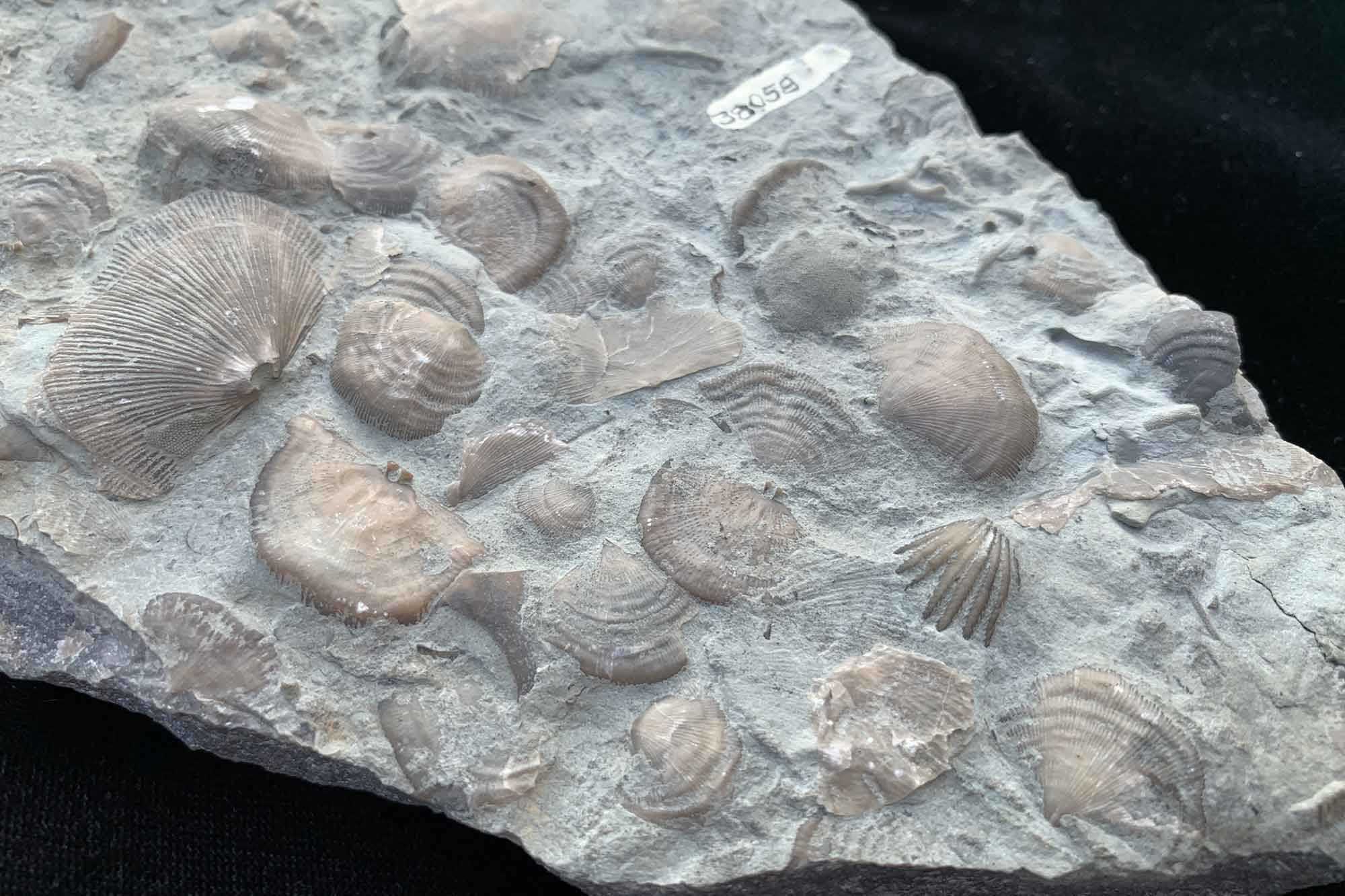When you hear the words archeology and paleontology, do images of adventurers with dust-covered hats uncovering dinosaur bones or ancient treasures pop into your mind? You’re not alone! Pop culture has blurred the lines between these two captivating fields, thanks to movies like Jurassic Park and Indiana Jones. But while these professions often share dusty digs and exciting discoveries, they are as different as night and day—or fossils and pottery.
What Is the Difference Between Archeology and Paleontology?
So, what sets these two fields apart? In short:
- Archeology is the study of human history and culture through artifacts, architecture, and other material remains.
- Paleontology, on the other hand, is the study of ancient life, focusing on fossils of animals, plants, and microorganisms.
Both involve digging into the past, but their focus is wildly different. Archeologists study human history, from early stone tools to medieval castles. Paleontologists, however, are fascinated by the lives of creatures that roamed the Earth millions of years ago, like dinosaurs and trilobites.
A simple analogy: archeology is like finding out how humans decorated their living rooms through the ages, while paleontology is discovering who might have stomped across the Earth to eat those living room plants millions of years ago.

What Is Archeology?
Archeology is like being a detective for the past—except instead of solving mysteries with modern fingerprints or security cameras, archeologists piece together clues from artifacts, ruins, and ancient trash heaps (yes, ancient garbage can be very enlightening!). The goal is to understand how people lived, worked, and interacted with their environment.
Definition and Scope of Archeology
At its core, archeology is the study of human history and culture. Archeologists examine material remains—anything humans have made, used, or modified—to answer questions about our ancestors. These remains can include tools, pottery, jewelry, weapons, buildings, and even food scraps.
While archeology focuses on human history, it doesn’t always mean ancient history. Archeologists might study:
- Prehistoric societies (before written records existed).
- Historical periods (when written records complement physical evidence).
- Modern archeology, which examines more recent times, such as industrial-age sites.
For example, an archeologist might analyze a Stone Age tool to understand how early humans hunted or examine the ruins of Pompeii to see how Romans lived before Mount Vesuvius erupted.
Key Methods Used in Archeology
Archeologists rely on a variety of tools and techniques to uncover the past. The process is meticulous and requires both scientific precision and creative thinking. Some common methods include:
- Excavation: Carefully digging through layers of soil to uncover artifacts without damaging them.
- Site Surveys: Walking across landscapes to identify promising sites for digging, often using aerial photography or satellite imagery.
- Dating Techniques: Determining the age of artifacts using methods like:
- Radiocarbon dating (for organic materials like wood or bone).
- Dendrochronology (tree-ring dating).
- Stratigraphy (analyzing soil layers for relative dating).
An archeologist’s toolkit often includes trowels, brushes, and sieves. But in the modern era, they also use advanced technologies like ground-penetrating radar and 3D modeling to explore sites without disturbing them.
Types of Archeology
Archeology isn’t a one-size-fits-all field. Different subfields focus on unique aspects of human history, including:
- Prehistoric Archeology: Examines times before written records, like the Stone Age or Bronze Age.
- Historical Archeology: Focuses on periods with written documentation, such as the Roman Empire or the Colonial era.
- Underwater Archeology: Studies submerged sites like shipwrecks, harbors, and even flooded cities.
- Urban Archeology: Explores ancient or historic cities, often beneath modern ones.
For instance, the discovery of King Tutankhamun’s tomb in Egypt falls under historical archeology, while the exploration of the Titanic’s wreck is a famous example of underwater archeology.
Fun Fact: Archeologists discovered an ancient Roman fast-food counter (a thermopolium) in Pompeii, complete with traces of food still in the serving pots. Even in 79 AD, people couldn’t resist grabbing a quick bite on the go!
Archeology’s Impact on Understanding History
Why does archeology matter? Beyond satisfying curiosity, archeology provides tangible connections to the past. It helps us:
- Understand cultural evolution, like the shift from hunting and gathering to farming.
- Preserve heritage sites for future generations.
- Gain insight into how ancient societies tackled challenges, from resource scarcity to natural disasters.
Archeology often reshapes our understanding of history. For example, the discovery of the Göbekli Tepe site in Turkey, dating back to 9600 BCE, challenged previous assumptions about the origins of complex societies and religious structures.
Archeology may not always involve glamorous treasure hunts, but it offers rich insights into what makes us human.

What Is Paleontology?
If archeology is the study of human history, paleontology takes a deep dive into the history of life on Earth. Think of paleontologists as time travelers, unraveling the mysteries of creatures and ecosystems that existed millions—even billions—of years ago. While archeologists focus on human-made artifacts, paleontologists are fascinated by fossils: the preserved remains, impressions, or traces of ancient organisms.
Definition and Scope of Paleontology
Paleontology is the scientific study of ancient life, encompassing everything from dinosaurs and woolly mammoths to microscopic algae and prehistoric plants. Fossils are the cornerstone of paleontology, and these preserved relics provide a glimpse into Earth’s dynamic past.
Unlike archeology, paleontology isn’t concerned with human history—at least, not directly. Instead, it explores life on a grander scale, focusing on:
- Evolutionary patterns across millions of years.
- Mass extinctions and their causes.
- Changes in climate and ecosystems over geological time.
For example, a paleontologist might study how flowering plants evolved during the Cretaceous period or how the asteroid impact 66 million years ago wiped out the dinosaurs.
Key Methods Used in Paleontology
Paleontology is as much about science as it is about patience and puzzle-solving. Fossils are often delicate and buried deep in layers of rock, so paleontologists use specific tools and techniques to unearth them while preserving vital details.
Key methods include:
- Fossil Excavation: Carefully removing fossils from rock layers using chisels, hammers, and even dental tools.
- Preparation and Analysis: Cleaning and studying fossils in labs to identify their species and characteristics.
- Stratigraphy: Examining rock layers to determine the age and environment in which the fossils were formed.
- Radiometric Dating: Using isotopes like carbon-14 or uranium-lead to establish the exact age of a fossil.
- Comparative Anatomy: Comparing fossilized bones to modern species to understand evolutionary links.
Modern technology has revolutionized paleontology. Techniques like CT scanning allow researchers to peek inside fossils without damaging them, while computer modeling helps reconstruct extinct creatures and their movements.
Subfields of Paleontology
Paleontology is a broad field with several specialized branches, each focusing on different aspects of ancient life:
- Vertebrate Paleontology: Studies animals with backbones, including dinosaurs, mammals, and early fish.
- Invertebrate Paleontology: Focuses on creatures without backbones, such as trilobites, mollusks, and coral.
- Paleobotany: Examines ancient plants and their role in prehistoric ecosystems.
- Micropaleontology: Studies microscopic fossils like plankton, which reveal details about ancient climates.
- Ichnology: Investigates trace fossils, such as footprints, burrows, or even coprolites (fossilized poop!).
For instance, Sue the T. rex, the most complete T. rex skeleton ever found, is a triumph of vertebrate paleontology. Meanwhile, paleobotanists have reconstructed entire prehistoric forests based on fossilized leaves and pollen.
Fun Fact: The term “dinosaur” comes from the Greek words deinos (terrible) and sauros (lizard). Paleontologists coined it in the 1840s—nearly 80 years before the first Jurassic Park-style dinosaur bone dig made headlines.
Paleontology’s Role in Understanding Earth’s History
Paleontology offers a long-term perspective on life, revealing how organisms have adapted (or failed to adapt) to changing conditions. This insight is crucial for:
- Understanding the impacts of mass extinctions, like the asteroid that wiped out 75% of life at the end of the Cretaceous period.
- Exploring how climate shifts influenced ancient ecosystems and their inhabitants.
- Informing conservation efforts today by studying ancient biodiversity and its loss.
For example, paleontologists studying ice-age fossils have learned how megafauna like mammoths and saber-toothed cats thrived during colder climates—and why they eventually disappeared.
Paleontology may not involve chasing velociraptors in the wild (sorry, movie fans), but it’s every bit as thrilling when you consider the window it provides into Earth’s deep history.

Key Differences Between Archeology and Paleontology
Now that we’ve covered the basics of archeology and paleontology, it’s time to draw some clear lines between the two. While both fields delve into the past, their focus, methods, and goals are fundamentally different. Let’s break it down.
Subject of Study
The primary difference between archeology and paleontology lies in what they study:
- Archeology: Focuses on human history and culture. Archeologists study objects and structures that humans created, used, or interacted with, such as tools, pottery, and buildings.
- Paleontology: Focuses on ancient life. Paleontologists study fossils—remains of plants, animals, and microorganisms that lived millions of years ago.
Example: An archeologist might study a Neolithic stone axe, while a paleontologist examines a fossilized trilobite that’s over 500 million years old.
Time Periods Covered
The timelines studied in archeology and paleontology differ significantly:
- Archeology: Begins with the emergence of humans (around 3 million years ago) and spans up to modern history. For example, an archeologist might study ancient Roman aqueducts or 19th-century industrial ruins.
- Paleontology: Covers all of Earth’s history, starting with the earliest forms of life over 3.5 billion years ago. This includes the rise and fall of dinosaurs, the evolution of mammals, and even the origins of plant life.
Fun Comparison: If history were a movie, archeology would focus on the last few minutes of the film, while paleontology would tell the epic backstory of everything leading up to it!
Tools and Techniques
Although both fields involve digging (cue those dusty boots and hats), their tools and techniques vary based on what they’re unearthing:
- Archeologists use fine tools like brushes and trowels to carefully uncover artifacts. They also rely on dating techniques like radiocarbon dating and stratigraphy to place objects within a historical timeline.
- Paleontologists often work with chisels, hammers, and even dental tools to extract fossils from rock. They use advanced techniques like CT scans and radiometric dating to study and date specimens.
Shared Method: Both fields often rely on stratigraphy, the study of soil layers, to determine the age of their findings. However, archeologists focus on cultural deposits, while paleontologists are more interested in geological and fossil layers.
Academic Disciplines and Career Paths
Both fields attract curious minds, but the educational paths and careers associated with archeology and paleontology are distinct:
- Archeologists typically study anthropology, history, or archeology itself. Careers often involve working in museums, cultural heritage preservation, or academic research.
- Paleontologists are rooted in biology, geology, and Earth sciences. Their careers often take them to universities, research institutions, or field expeditions to study ancient ecosystems.
Case Study: Mary Leakey, a famous archeologist, unearthed tools and footprints that offered insight into early human ancestors. By contrast, Mary Anning, a pioneer in paleontology, discovered the first ichthyosaur fossils, changing our understanding of prehistoric marine reptiles.
How Archeology and Paleontology Complement Each Other
Despite their differences, these fields sometimes overlap. For example:
- Early Human Studies: Archeologists studying ancient human tools might collaborate with paleontologists to understand the animals these humans hunted.
- Environmental Reconstructions: Both fields contribute to recreating ancient ecosystems. Archeologists provide cultural context, while paleontologists supply information about the flora and fauna of the time.
Quick Table of Differences
| Feature | Archeology | Paleontology |
|---|---|---|
| Focus | Human history and culture | Ancient life forms (fossils) |
| Time Period | ~3 million years ago to modern history | ~3.5 billion years ago to recent past |
| Tools | Trowels, brushes, carbon dating | Hammers, chisels, radiometric dating |
| Findings | Artifacts, architecture | Fossils, trace remains |
| Disciplines | Anthropology, history | Geology, biology |
By understanding these distinctions, it becomes clear how archeology and paleontology offer unique yet complementary insights into our world’s past.